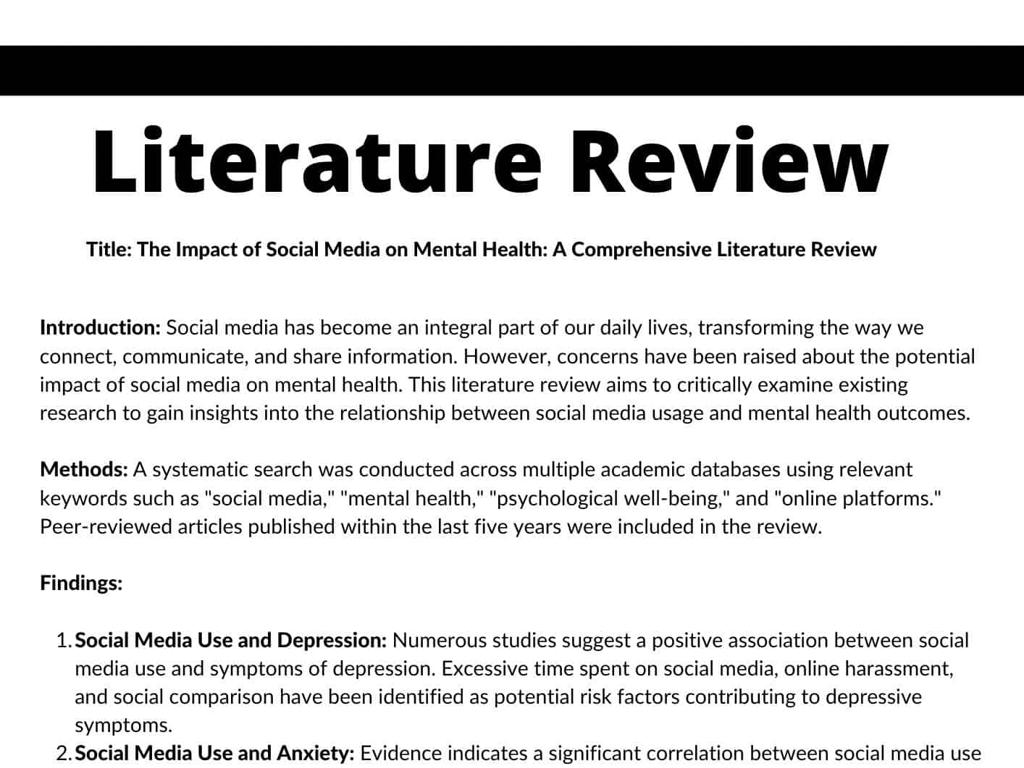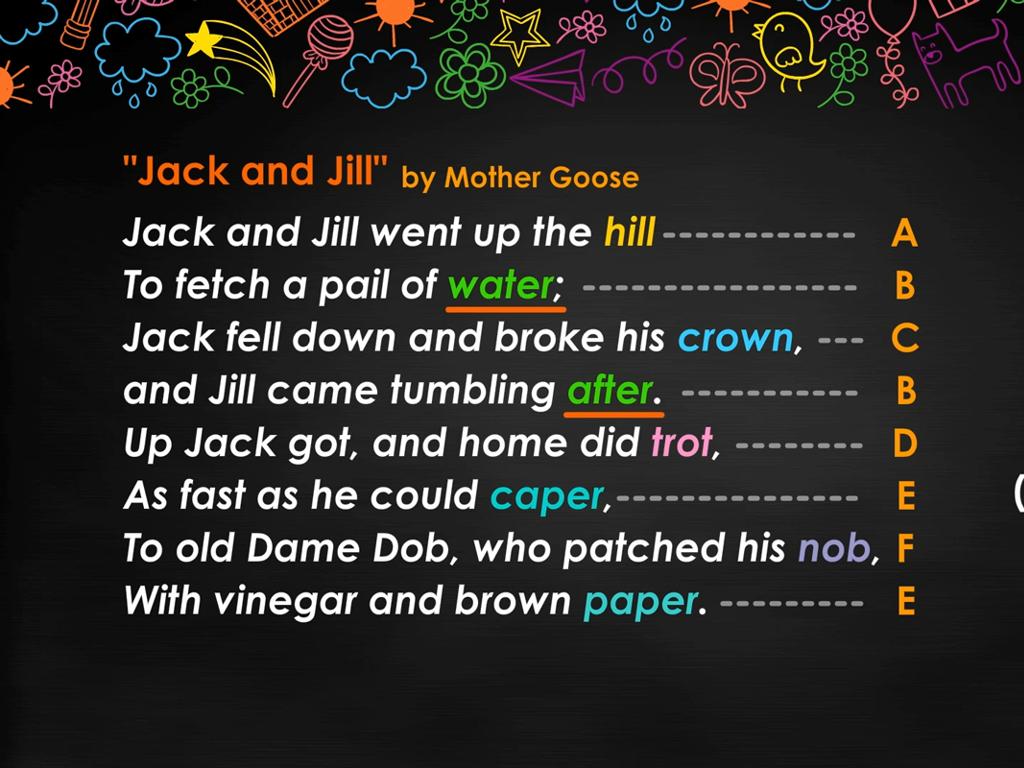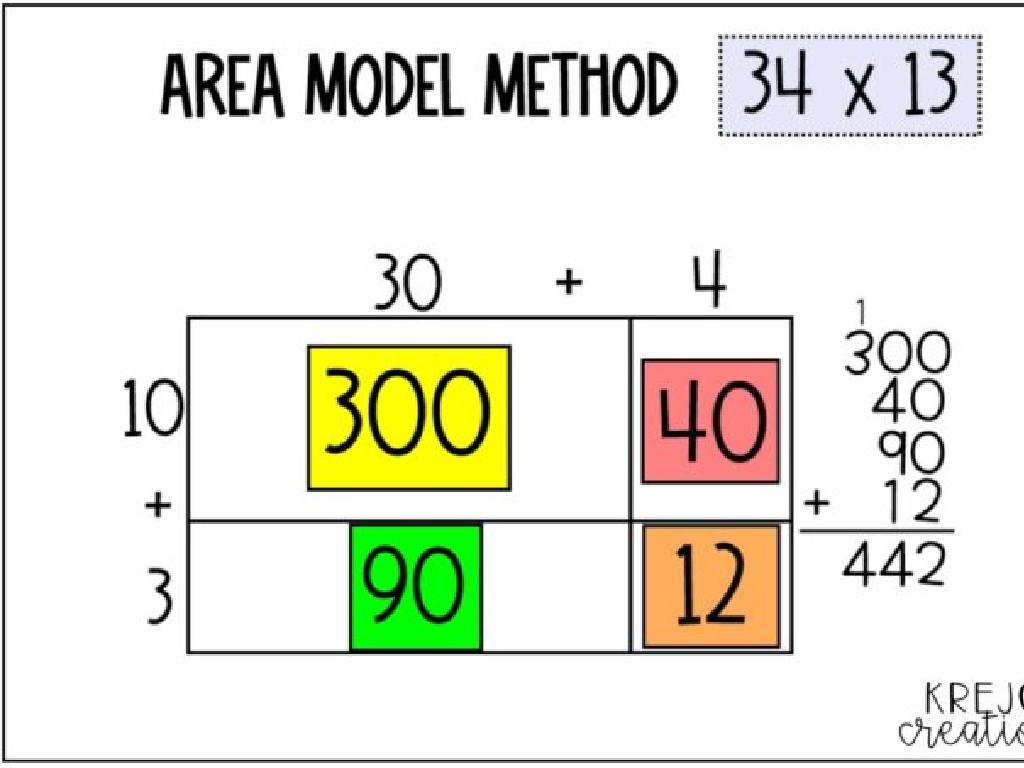Identify Elementary Substances And Compounds Using Chemical Formulas
Subject: Science
Grade: Sixth grade
Topic: Atoms And Molecules
Please LOG IN to download the presentation. Access is available to registered users only.
View More Content
Atoms and Molecules: The Tiny Building Blocks
– Atoms: The Basic Units
Atoms are the smallest units of matter, like building blocks of everything.
– Molecules: Bonds of Atoms
Molecules are groups of atoms bonded together, forming substances.
– Chemical Formulas: Symbols
Chemical formulas represent the types and numbers of atoms, e.g., H2O for water.
– Recognizing Substances
Use formulas to identify substances: H2O is water, O2 is oxygen gas.
|
This slide introduces the fundamental concepts of atoms and molecules to sixth-grade students. Begin by explaining that atoms are the smallest units of matter, which combine in various ways to form all the substances around us. Molecules are then introduced as combinations of two or more atoms bonded together. Emphasize the importance of chemical formulas, which are like shorthand for showing which atoms make up a molecule. For example, H2O represents water, where two hydrogen atoms bond with one oxygen atom. Encourage students to start recognizing simple chemical formulas and associating them with the substances they represent. This foundational knowledge will be crucial for understanding more complex chemical reactions and the behavior of matter.
Exploring Elements and the Periodic Table
– Elements: Pure substances
– A substance that cannot be broken down into simpler substances
– Common elements: O, H, C
– Oxygen (O) for breathing, Hydrogen (H) in water, Carbon (C) in all living organisms
– Periodic Table introduction
– A chart where all known elements are listed
– Elements’ unique symbols
– Each element has a unique 1 or 2 letter symbol, like O for Oxygen
|
This slide introduces the concept of elements as the basic building blocks of matter. Explain that elements are pure substances that cannot be broken down into simpler substances through chemical means. Provide relatable examples such as Oxygen, Hydrogen, and Carbon to illustrate common elements. Introduce the Periodic Table as a tool for organizing these elements and highlight that each element has a unique symbol that represents it. Encourage students to become familiar with the symbols for elements and the layout of the Periodic Table as they will use it to identify and learn about different elements.
Understanding Compounds
– Define a compound
– A substance formed when two or more elements chemically bond together.
– Formation of compounds
– Atoms of different elements bond in specific ratios to form compounds.
– Compound examples: H2O, CO2
– Water (H2O) is made of 2 hydrogen atoms bonded to 1 oxygen atom, Carbon Dioxide (CO2) consists of 1 carbon atom bonded to 2 oxygen atoms.
|
This slide introduces the concept of compounds in chemistry. A compound is a substance that consists of two or more different elements that are bonded together chemically. Emphasize that compounds have unique properties that are different from the elements they are made from. Use water and carbon dioxide as common examples to show how atoms bond to form compounds. Explain that the chemical formula of a compound tells us which elements are present and in what proportions. Encourage students to think of other examples of compounds they encounter in daily life and be prepared to discuss how the elements combine to form those compounds.
Deciphering Chemical Formulas
– Chemical symbols basics
– Each element has a unique 1 or 2 letter symbol, e.g., H for Hydrogen.
– How to read chemical formulas
– Formulas show elements & ratios in compounds, e.g., H2O for water.
– Writing formulas for compounds
– Combine symbols & numbers to show molecule makeup, e.g., NaCl for salt.
– Practice with common examples
– Use examples like water (H2O), carbon dioxide (CO2), and salt (NaCl).
|
This slide introduces the fundamental concepts of chemical formulas to sixth-grade students. Begin with the basics of chemical symbols, ensuring students can recognize and recall symbols for common elements. Move on to reading chemical formulas, emphasizing the meaning of subscripts and how they indicate the number of atoms in a molecule. Teach students to write chemical formulas by combining symbols and using subscripts to represent the number of atoms. Provide practice with familiar substances like water, carbon dioxide, and table salt to solidify their understanding. Encourage students to look at product ingredients to find real-life examples of chemical formulas.
Identifying Substances with Chemical Formulas
– Elements vs. Compounds
– Elements are pure substances, like O (oxygen), while compounds are combinations, like H2O (water).
– Decoding Chemical Formulas
– Chemical formulas show the elements and the number of atoms, e.g., CO2 (1 carbon, 2 oxygen atoms).
– Practice with everyday substances
– Identify substances around you, like table salt (NaCl) and baking soda (NaHCO3).
– Understanding substance properties
|
This slide introduces students to the basics of chemical substances. Start by explaining the difference between elements, which are pure substances made of only one type of atom, and compounds, which consist of two or more elements chemically bonded together. Use the periodic table to show examples of elements and introduce simple chemical formulas to represent compounds. Engage students with a practical activity where they identify common substances in their daily lives by their chemical formulas, such as water (H2O), carbon dioxide (CO2), and table salt (NaCl). This will help them understand how chemical formulas are used to represent the composition of substances and the importance of knowing these to understand the properties and behaviors of different materials.
Class Activity: Mystery Substance Investigation
– Guess the substance’s identity
– Use chemical formulas for clues
– H2O, CO2, NaCl are examples of formulas you might use
– Discuss findings with your group
– Share thoughts on what the substance could be
– Present your conclusions
– Each group will explain their reasoning to the class
|
This activity is designed to engage students in applying their knowledge of chemical formulas to identify unknown substances. Provide each group with a sample or description of a mystery substance. Students will use their understanding of chemical formulas to guess the identity of the substance. Encourage them to consider properties like state of matter, color, and texture. Afterward, groups will discuss their findings and reasoning before presenting to the class. As a teacher, facilitate the discussion by asking guiding questions and ensure that each group understands the importance of using chemical formulas in real-world applications. Possible substances for the activity could include common compounds like water (H2O), carbon dioxide (CO2), or table salt (NaCl).
Wrapping Up: Substances, Compounds, and Formulas
– Recap: Elementary Substances
– Simplest form of matter, e.g., Oxygen (O2), Hydrogen (H2)
– Recap: Compounds
– Combinations of elements, e.g., Water (H2O), Salt (NaCl)
– Significance of Chemical Formulas
– Formulas show elements & ratios in compounds
– Up Next: Chemical Reactions
– Explore how substances interact & change
|
As we conclude today’s lesson, let’s review the key concepts. Elementary substances are pure chemical substances consisting of a single type of atom or molecule. Compounds are substances formed when two or more different types of atoms bond together, and their chemical formulas tell us exactly which elements and how many of each are present in a compound. Understanding these formulas is crucial as they are the language of chemistry, allowing us to identify and communicate about substances precisely. Looking ahead, we’ll delve into chemical reactions, where we’ll see how different substances can combine or break apart to form new substances, demonstrating the dynamic nature of chemistry.






